
People have been gardening since the beginning, and in many ways it is not such a vital part of peoples lives as it once was. However, I believe that whether gardening is done for food or pleasure, now is the best time in the history of mankind to be a gardener, and here's why.
COST & AVAILABILITY
It seems that competition in the marketplace is a great way to increase the quality or quantity while driving down the price. This was happening at a pretty good rate anyway with many materials, but now the internet has taken things to a whole 'nother level. Seeds, which is the main place that food comes from, are relatively cheap these days. Also, between the post office, FedEx, UPS and the rest of the transporters, it is very simple to get some delivered right to your door.
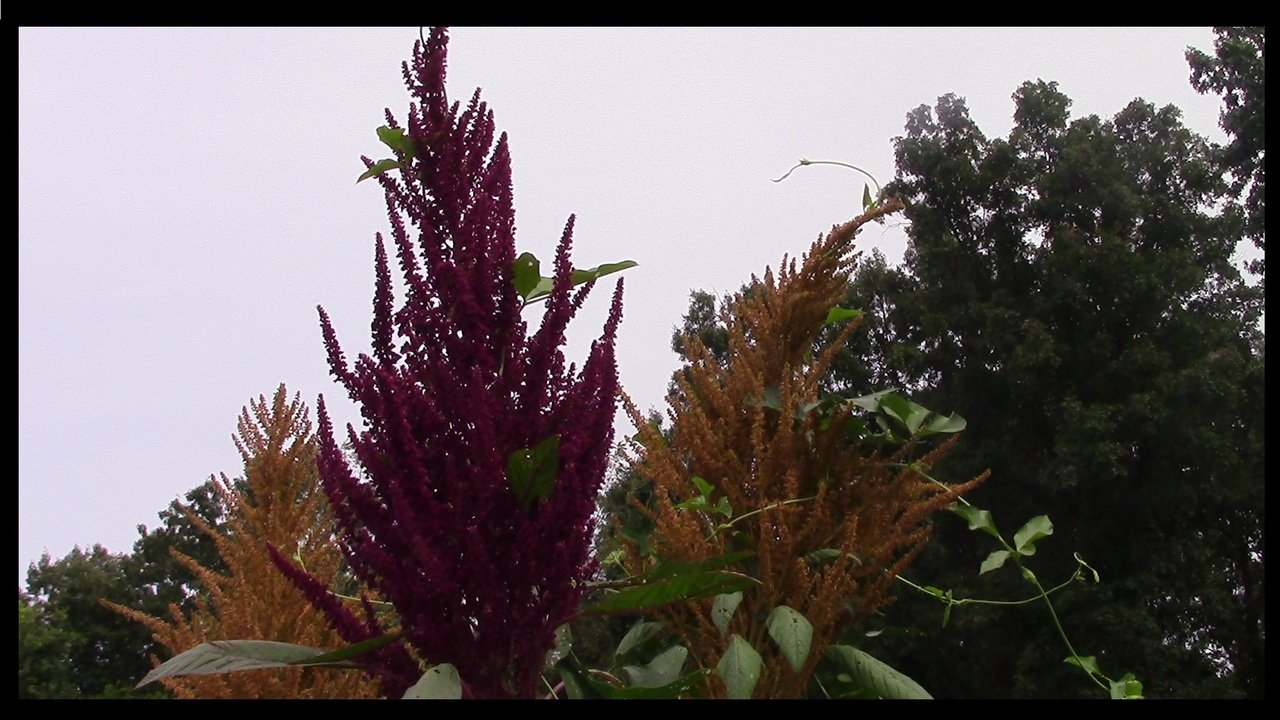
Here are a few of the kinds of Amaranth that we are growing. (I should be doing a post about growing grains in the near future, so stay tuned for that.) In this picture, you can see both the "Golden Giant" and "Elena's Rojo". Just these few plants could each produce a pound of grain each, so a little space and a couple plants can go a long way. When you consider that a couple hundred seeds can be bought for a couple bucks these days, that's about one cent per seed. Is $0.01 a good price for 1# of grain? I think so.
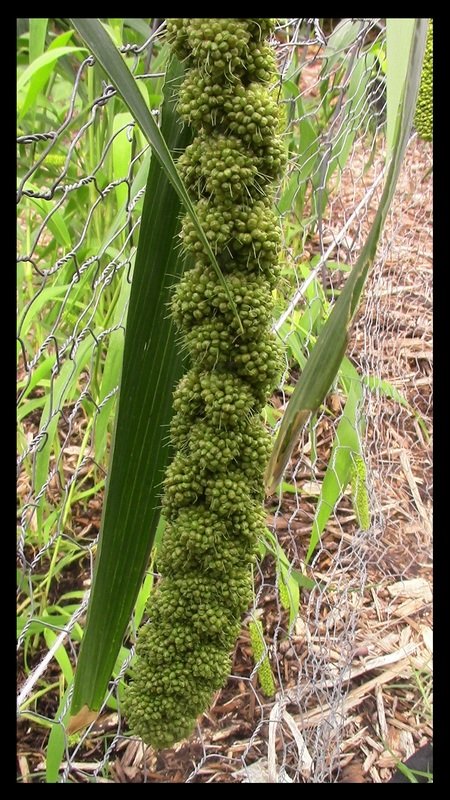
Sometimes things get even easier these days. These Millet plants (which I think are Foxtail Millet) were grown from seeds as well. This time though, we got the seeds for free. Because of how so many crops are mass produced these days, a little loss is common. The seeds that these came from were picked up along a back road in Wisconsin last fall. I think that the seed heads must have flown out of a truckload of harvested millet, because they were laying all over the road. In the US these days, such millet is commonly used as treats for pet birds or as food for hermit crabs. However, worldwide, millet is an important grain for human consumption as well. Hopefully these are just regular millet plants and not GMO or Mansanto (intentionally misspelled to avoid detection; shhhhh).
VARIETY
Variety is another great aspect of gardening these days. The more people breed different plants, the more varieties naturally come into existence. Though some types may wind up getting "lost" and disappearing, many others are created every year. Even within a certain kind of garden plant, like peppers (yes, @papa-pepper is partial), it is estimated that over 50,000 varieties exist worldwide. Now that's some pretty good news for "hot-heads" like me.

This is a variety within the Habanero category of peppers. Just look at that plant produce! If you try counting, you can see almost 100 individual peppers on this one plant. A great reason to explore different varieties is the yield that one plant can generate. This plant could easily produce over 200 peppers this season. If it was a less productive variety, I could need four plants just to get the same yield.
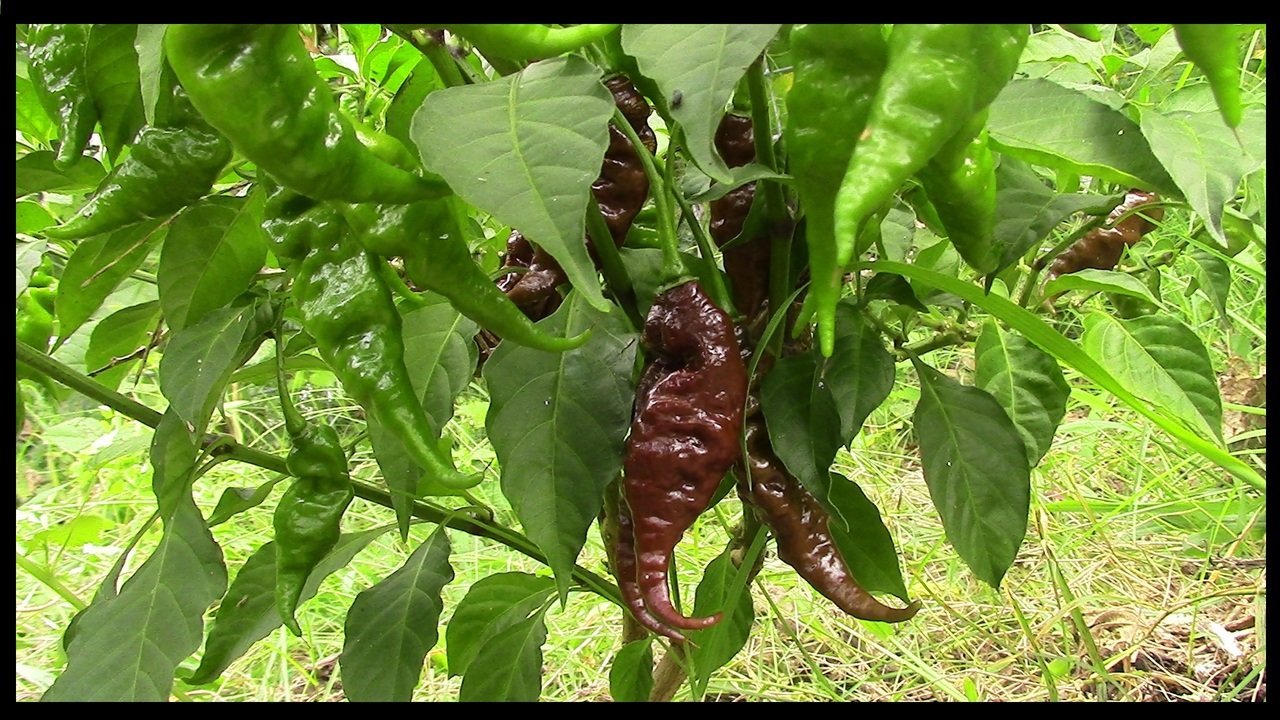
Another great aspect of varieties is the temperature and color variables. These Chocolate Ghost Peppers have a Scoville Heat Unit measurement of up to over 1 million and are an incredibly beautiful color. Not to mention that they are native to India, the simple ease of selecting a variety, heat level, and color preference when ordering seeds online makes gardening these days almost an entirely different experience than it once was.
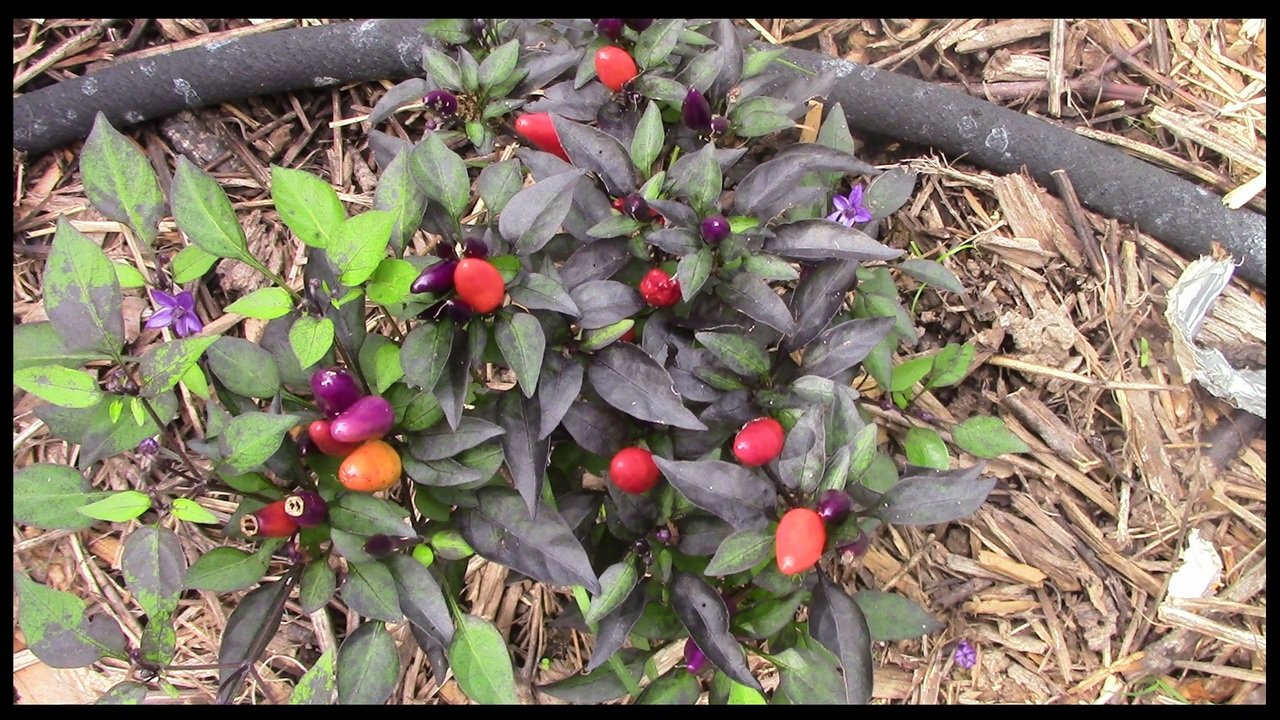
This Black Prince pepper is another excellent example of the blessing of varieties. The plant gets so dark purple that it is almost black, the flowers look like little purple Lilac flowers, and the fruits ripening to bright red look striking on the plant, making it an excellent ornamental, as well as a tasty hot treat.
ORIGIN
The ease of world commerce these days gives us another advantage over those who have gardened in years past. If your neighbors weren't growing it, and if it wasn't available at the local store, you were pretty much out of luck before. Simply, you'd be stuck with growing whatever varieties were locally available, and that was about it. These days, that concept is almost unheard of.

These Chinese Green Noodle Beans that I have been raving about since I joined steemit are one example. Obviously, as their name suggests, these are an Asian bean that many in the US are still unfamiliar with. Without the ease of world travel and shipment available these days, I may have never found them.

This flower is from the Melocoton Cassabanana which is a peculiar squash originally from Guatemala that we are attempting to grow this year. We wil see if they produce some fruit, but it nice to at least have the opportunity to try, since we are gardeners these days.
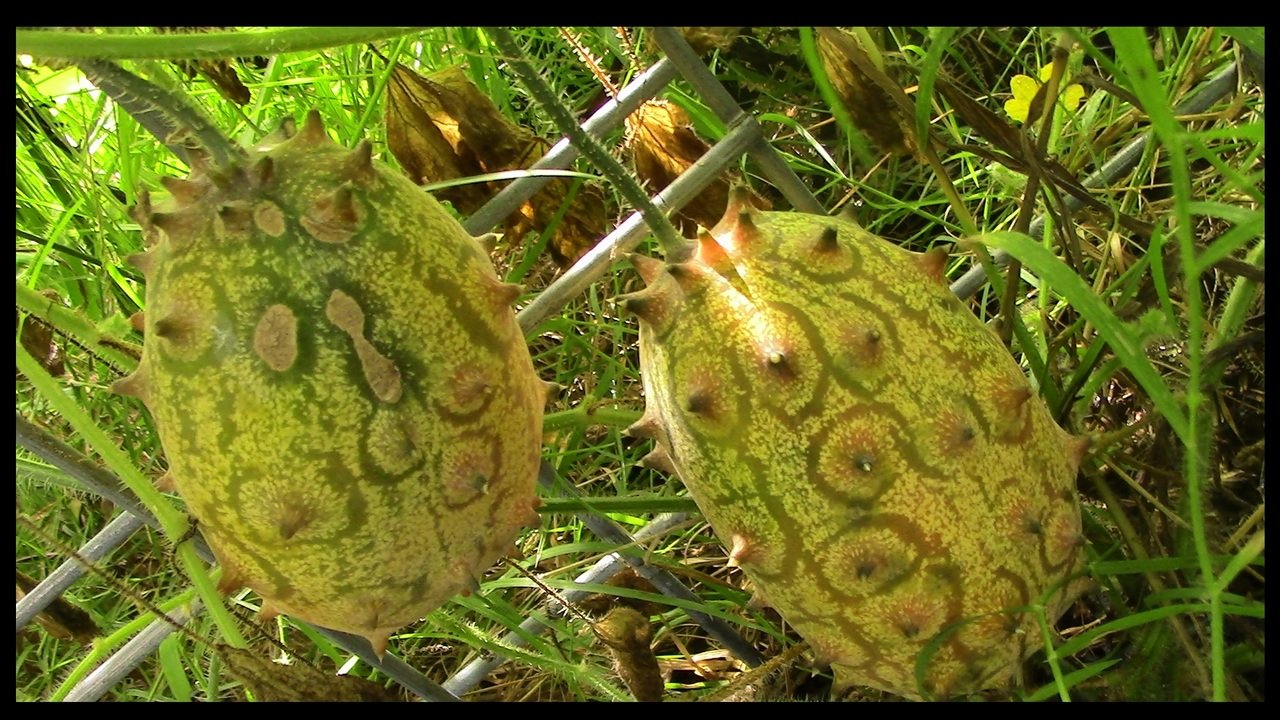
These Kiwanos, or African Horned Melons, are natives to Africa and are absolutely delicious. I have never lived in Africa or even been there, but yet I can grow them in my garden. Regardless of country of origin, plants and their seeds are now easily available worldwide in a lot of cases.
CLIMATE
These days it is easier than ever, in my opinion, to change the climate of an area in order to allow the survival of certain types of plants that would otherwise not grow in a certain area. One of the simplest ways that this is possible is to have a greenhouse.
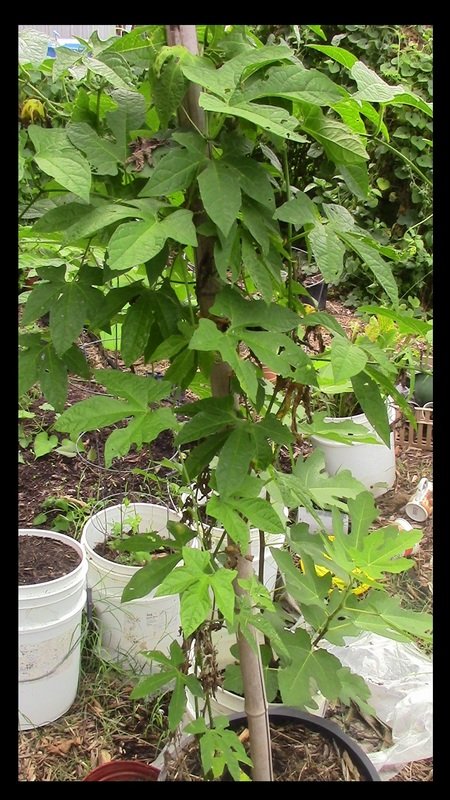
This GAC Fruit (Momordica Conchinchinensis) is native to Asia, and can be grown outdoors year round in the US in growing zones 10b and above. However, I live in a 6b/7 growing zone. Still, if I grow these vines in large pots and fertilize appropriately, they'll do just fine in the summer and fall here. Winter and early spring is another story though. As long as I can get a greenhouse up prior to winter, I should be able to keep these plants alive, even though I live in an area that is out of their actual growing zone and a location that they are not native to. These were grown from seeds that I ordered online for a few dollars. Convenient!
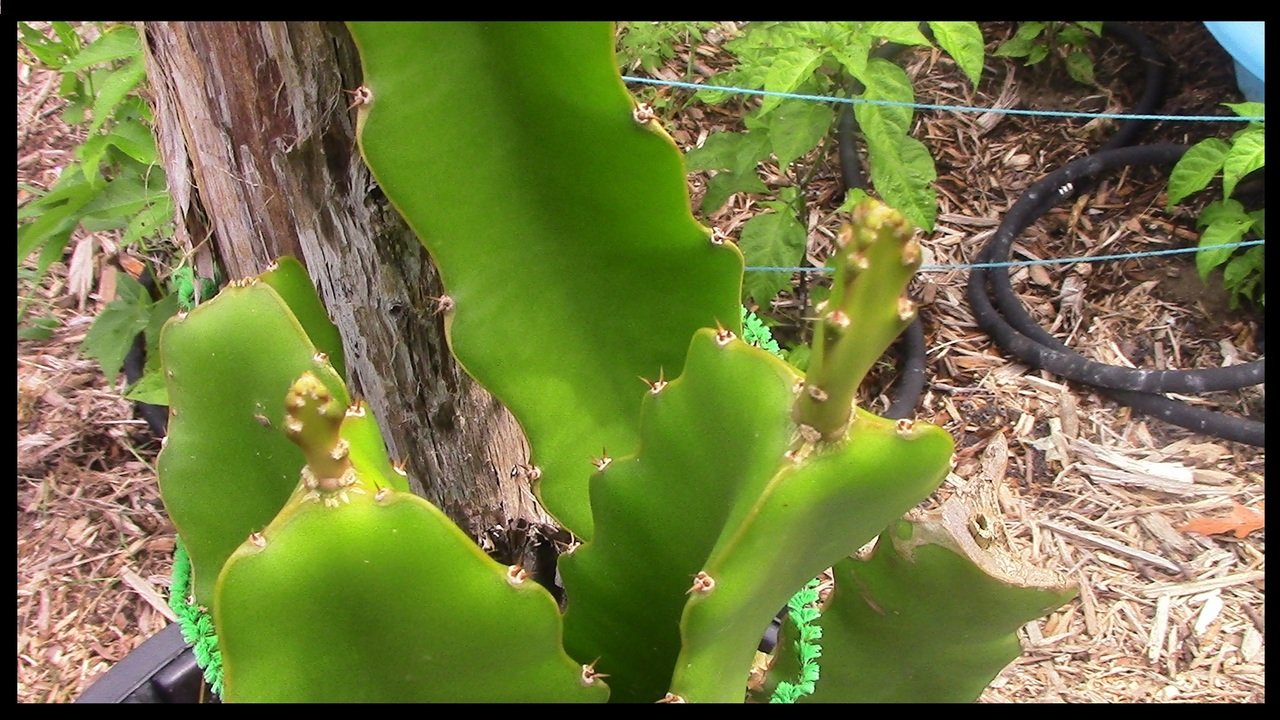
These Pitayas or Dragonfruits are another great example of this reason. I also ordered them online, this time from a grower in Florida. Not all that long ago, I would have had to travel all the way down there, about a 19 hour drive. If we back the timeline up another 150 years, I wouldn't have even had a car and there might not have been any growers in Florida at the time. I'm sure that I am driving my point home a bit right now, but I wanted to make sure that you've understood my reasoning. Anyway, for just a couple dollars a piece and some shipping charges, I got these delivered. These normally grow in zones 10 and above, so again, not all that long ago, I would have been out of luck. Another great way to keep plants like this alive is to bring them inside the house for winter, if you don't have a greenhouse.
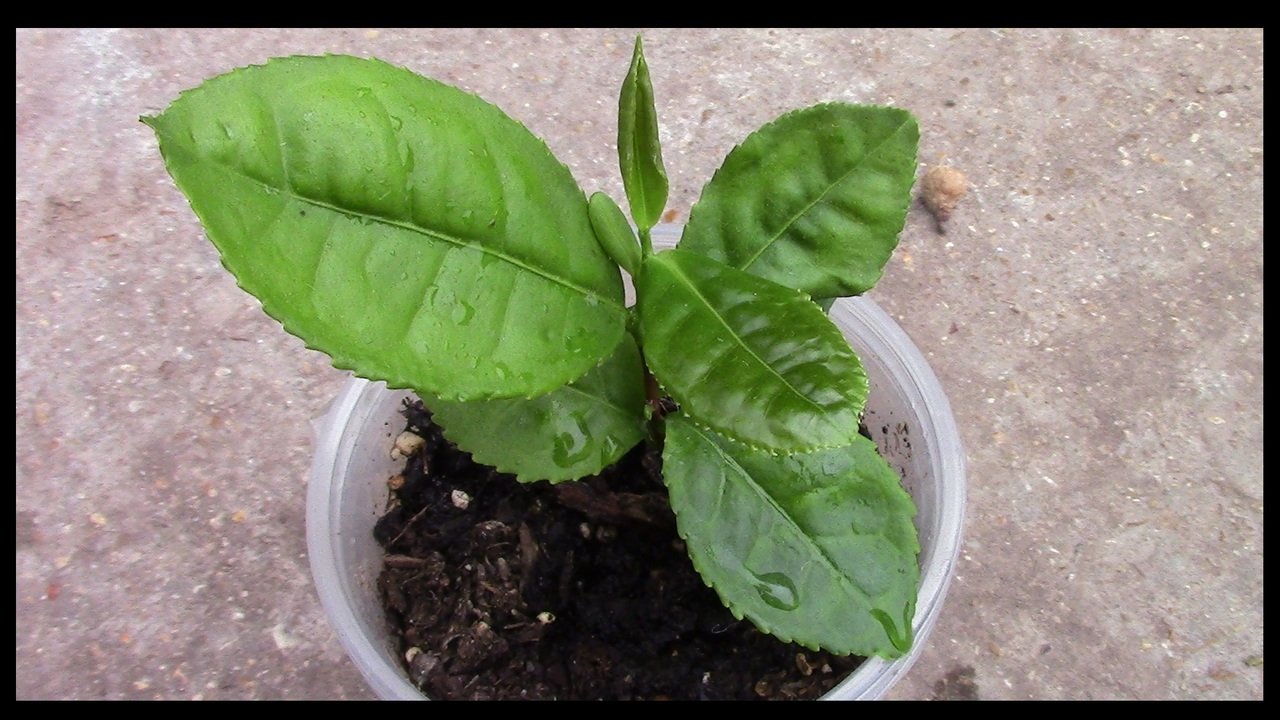
This is the traditional Tea Plant (Camellia Sinensis). I also ordered the seeds online and got them growing. It is another plant native to Asia, and should be hardy in at least growing zone 8, but possibly 7. Again, though, I'm on the border of 7, so though I could try to grow my own tea outside in the soil, it is probably a safer bet for me to keep them potted and greenhouse them for the winter. With worldwide travel and commerce so commonplace, getting a greenhouse is just as easy as getting the seeds, it just costs more.
INFORMATION
Another great aspect of being a gardener in our modern time is the amount of information available. With computers and smart phones, all the knowledge in the world is readily available to us at any moment. Such was not always the case.
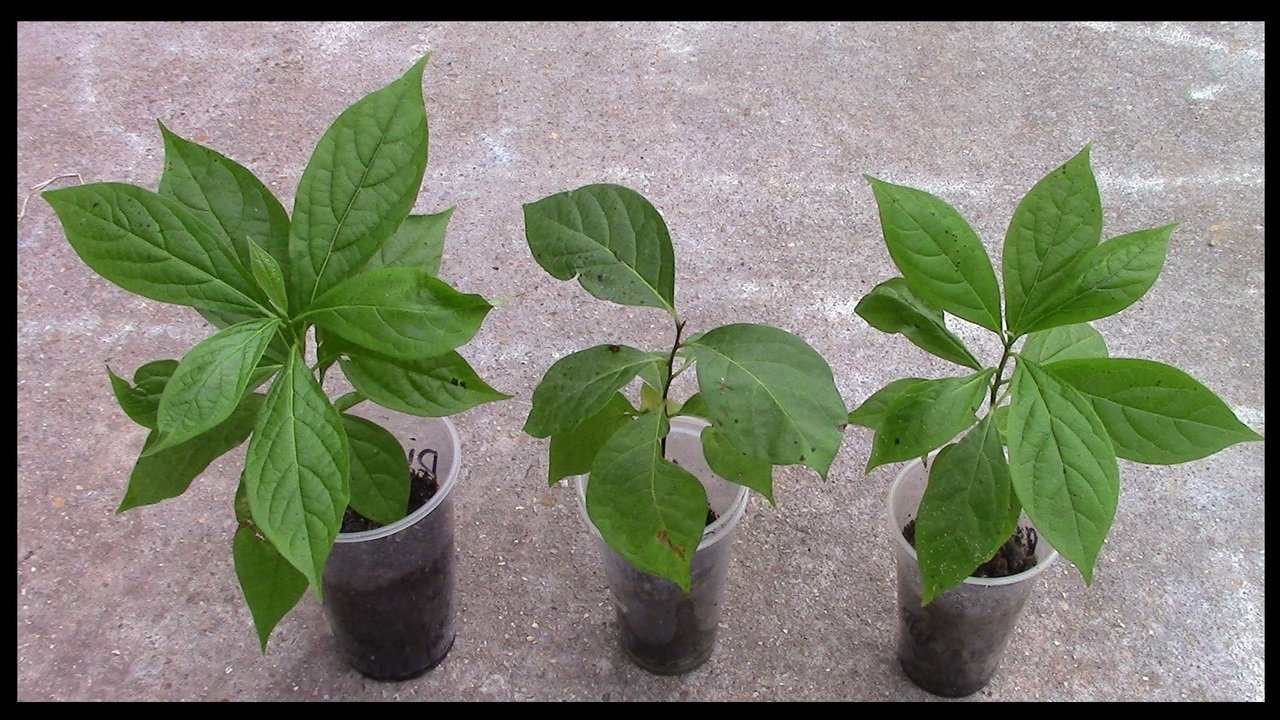
These are some "Date Plum Persimmons" (Diospyros Lotus) that are native to southern Europe and Asia. Since they are in the same family as the American Persimmon, I should be able to graft these onto some native rootstock next year. When entertaining different ideas like this, the online information availble proves to be most beneficial. I think that one day steemit will be providing a lot of people in the world with a lot of good information.
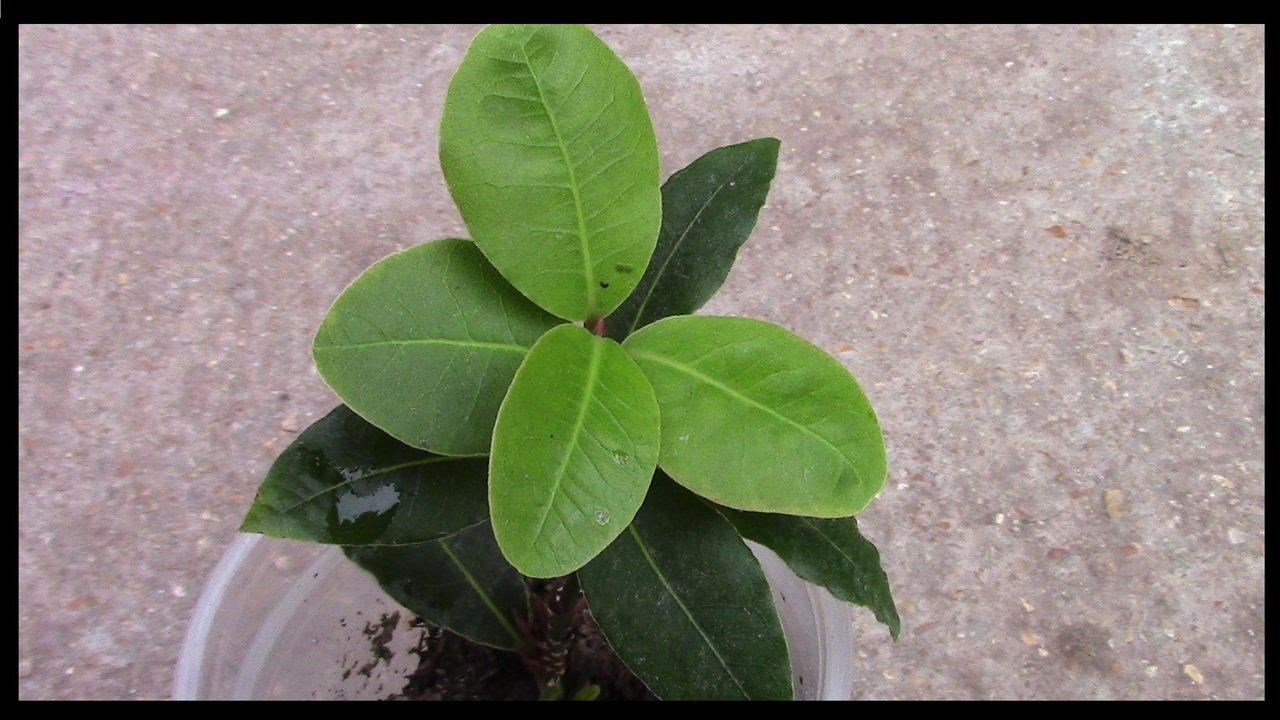
Most of us may be familiar with the "Bay leaf" commonly used as a flavoring agent in cooking. This is a propagated Bay Leaf plant. The information that we can access these days gave me the understanding that I needed to take some twigs that a friend cut off of her plant and turn them into plants of my own.
CONCLUSION
Obviously this is a wild and exciting time to be a gardener. If you're not currently growing, I'd suggest that you get started by at least planting something. To make it even easier for those of you in the US, I'll even ship you free seeds if you message me on https://steemit.chat; I'm papa-pepper there as well. (I guess that's another great reason that gardening these days is so great!)
There are probably some great reasons that I missed as well, so please feel free to comment and add your thoughts on the matter.
Thanks for you time. As always, I'm @papa-pepper, and here's the proof:

proof-now-is-a-good-time-to-be-gardening

Awesome Handcrafted @papa-pepper logo kindly donated by @vlad - Thank you!
